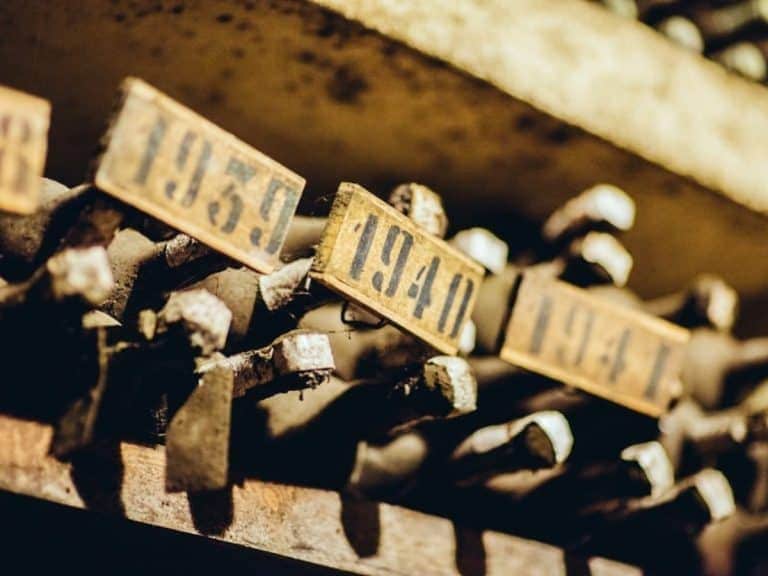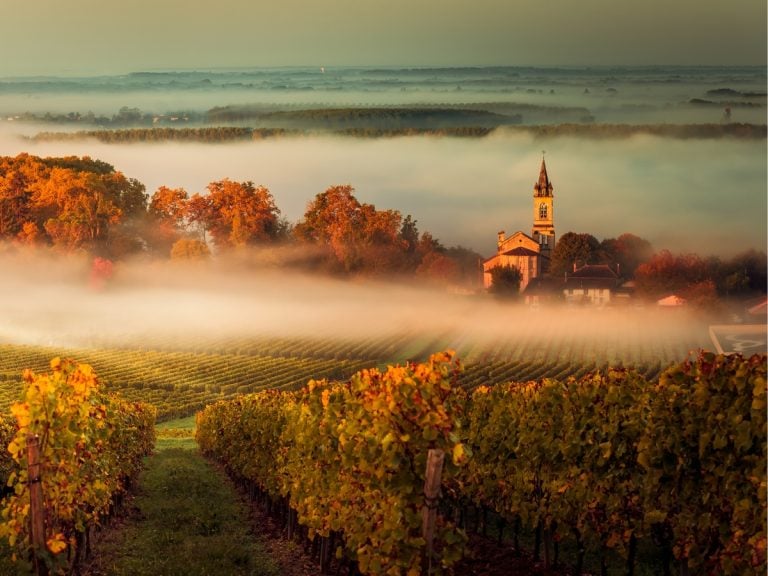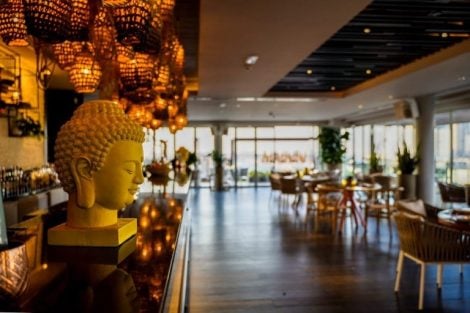Coravin becomes second nature to us. In the cellar, we "pinch" a series of old vintages with the devilish electronic needle. We start from 1989 and go all the way to the glorious 2010, completing a nice tour of the Peninsula. Among the many, we encounter the iconic yellow label of Valentini, Giacosa's red, the compass rose emblem of Sassicaia, and the pomegranate on Elisabetta Foradori's Granato. The wines are all still very intact, at times firm, far from maturity. The tannins, in particular, are still lively in the reds, with wood that has skillfully compacted and set the structure of the wine. Aging proceeds by the book, slow and gradual.
Everything and immediately
It's impossible not to draw comparisons with the present. One of the most evident signs of our time is impatience. All, absolutely all, wines produced today are incredibly ready for consumption, regardless of origin and producer's signature. The effect of climate change is evident, just read the analytical data, but there is something deeper. And it has to do with us. With a society obsessed with the dimension of the present, consuming surveys and constantly seeking lightness, pleasure, consensus.
In the glass, all this translates into drinkability: now and immediately. Wines must be ready for pouring, for dining, for the preview of the preview, for the Japanese importer in line. Ready today, tomorrow who knows. The culture of the instant has had a forceful impact on the drinking culture. Even super-classic labels like Cervaro della Sala or Krug's vintages are increasingly presented as fresh, light, immediate. In line with the taste of a society accustomed to stories that don't last beyond 24 hours. By constantly exalting subtraction, we have made the risk of fading the future dimension of wine tangible.
We run away from the weight of structures
Wines released on the market are already balanced, harmonious; they don't need time to find a new guise. Aging is often superfluous, also because today many labels, increasingly essential in style, have more to lose than to gain from the passage of time. At the same time, we mock all the more challenging wines in the early stages of the journey, from Sagrantino di Montefalco to Taurasi; they seem anachronistic, out of place like bell-bottom pants worn at the gala dinner of Brunello. Barolo? Those of today are caresses compared to versions made just 10 years ago. In the name of lightness, we are also draining the future.


 A small Sicilian farmer with 40 cows wins silver at the World Cheese Awards
A small Sicilian farmer with 40 cows wins silver at the World Cheese Awards Women are the best sommeliers. Here are the scientific studies
Women are the best sommeliers. Here are the scientific studies Where to eat at a farm stay in Sicily: the best addresses in the Provinces of Trapani, Palermo, and Agrigento
Where to eat at a farm stay in Sicily: the best addresses in the Provinces of Trapani, Palermo, and Agrigento Wine in cans, bottle-fermented, and alcohol free: the unstoppable change in Gen Z’s tastes
Wine in cans, bottle-fermented, and alcohol free: the unstoppable change in Gen Z’s tastes The great Bordeaux exodus of Chinese entrepreneurs: around fifty Châteaux up for sale
The great Bordeaux exodus of Chinese entrepreneurs: around fifty Châteaux up for sale






